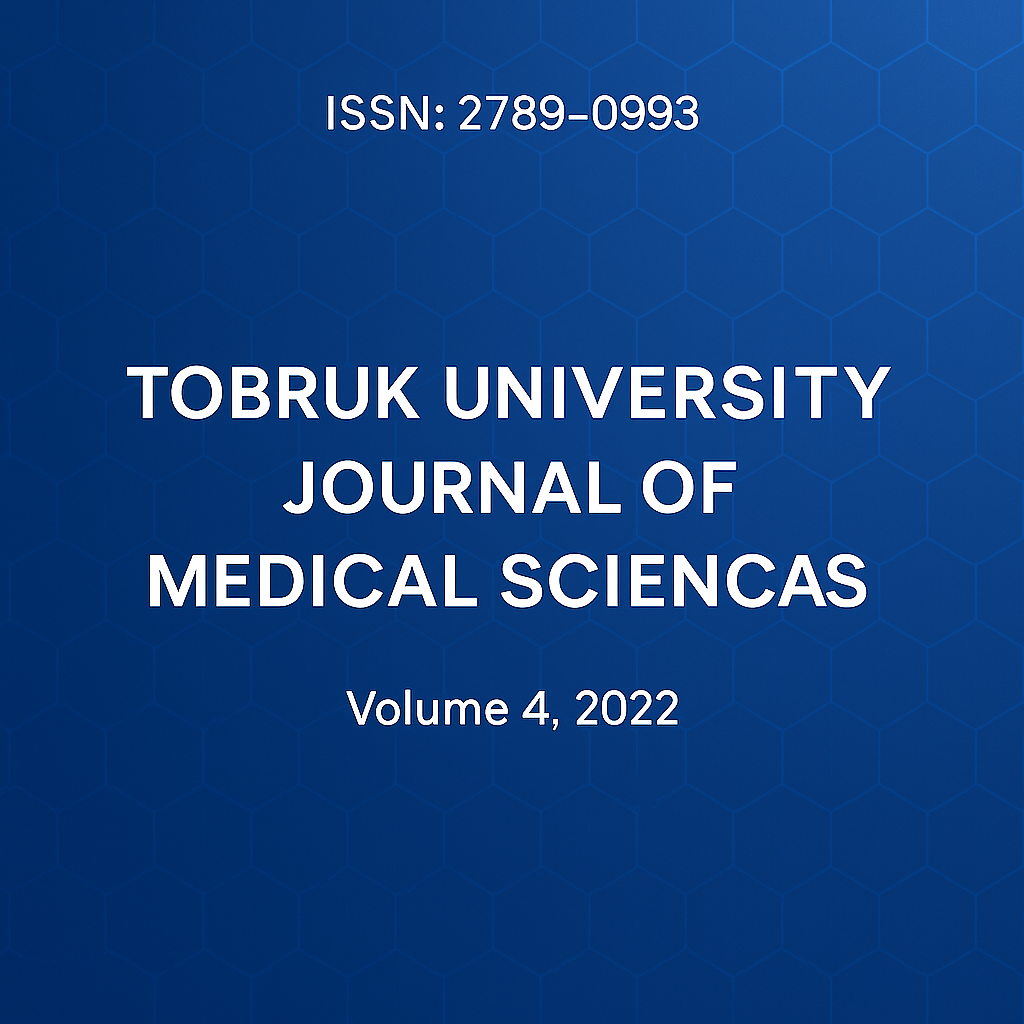Assessment of Modified Vacuum Assisted Closure in The Management of Diabetic Foot Ulcers
DOI:
https://doi.org/10.64516/cznme915Keywords:
Diabetic foot, Negative Pressure Dressing, Modified Vacuum Dressing, Wound HealingAbstract
Diabetic foot ulcer (DFU) is a common, complex, and costly sequela of diabetes mellitus. DFU is a serious global health issue that can lead to lower extremity amputation, causing significant morbidity and increased financial burden. Management of diabetic foot ulcers remains a significant challenge that requires thorough knowledge of available dressing techniques in addition to frequent routine evaluation. Negative pressure wound therapy (NPWT), or vacuum-assisted closure (VAC), is a recently introduced technology that has been widely used in the treatment of such ulcers. However, the consumables for VAC are very expensive and not economically feasible in developing countries. Therefore, this study aims to assess the effects of modified vacuum dressing compared with standard care wound therapy (wet saline dressing) and compare healing rates. A prospective study of 50 conveniently selected patients divided into two groups (25 each) was carried out. Group A consisted of patients treated with modified vacuum dressing and Group B with wet saline dressing. Both groups were compared for healing rates. There was a 44.75% decrease in the area of the ulcer in Group A compared to 25.15% in Group B after 4 weeks. Decrease in wound depth was 55.41% and 26.94% in Group A and B, respectively. The mean hospital stay was 33.18 days in Group A compared to 45.58 days in Group B. The average cost incurred for patients in Group A was 18,756 Egyptian pounds compared to 19,662 Egyptian pounds in Group B. The vacuum dressing method reduces the average time to complete healing as well as hospital stay. Thus, we recommend that modified vacuum dressings might be considered a promising method for treating diabetic foot ulcers
References
1. Saeedi P, et al. Global and regional diabetes prevalence estimates for 2019 and projections for 2030 and 2045: results from the International Diabetes Federation Atlas, 9th edition. 2019.
2. Jain AKC, Viswanath S. Studying major amputations in a developing country using Amit Jain’s typing and scoring system for diabetic foot complications: time for standardization of diabetic foot practice. Int Surg J. 2016;2(1):26–30.
3. Bus SA, Lavery LA, Monteiro Soares M, et al. Guidelines on the prevention of foot ulcers in persons with diabetes (IWGDF 2019 update). 2019.
4. Miller C. The history of negative pressure wound therapy (NPWT): from “lip service” to the modern vacuum system. J Am Coll Clin Wound Spec. 2012;4(3):61–2.
5. Mody GN, et al. Biomechanical and safety testing of a simplified negative pressure wound therapy device. Plast Reconstr Surg. 2015;135(4):1140–6.
6. Dumville JC, Land L, Evans D, Peinemann F. Current thought regarding the mechanism of action of negative pressure wound therapy with reticulated open cell foam. J Orthop Trauma. 2015;22(10 Suppl):S135–7.
7. Hussain A, Singh K, Singh M. Cost effectiveness of vacuum-assisted closure and its modifications: a review. ISRN Plast Surg. 2013;2013.
8. Arundel C, Buckley H, Clarke E. Effectiveness of vacuum-assisted closure (VAC) therapy in the healing of chronic diabetic foot ulcers. Ann Acad Med Singapore. 2020;39(5):353.
9. Erba P, Ogawa R, Ackermann M. Resource utilization and economic costs of care based on a randomized trial of vacuum-assisted closure therapy in the treatment of diabetic foot wounds. Am J Surg. 2018;195(6):782–8.
10. McCallon SK, et al. Vacuum-assisted closure versus saline-moistened gauze in the healing of postoperative diabetic foot wounds. Ostomy Wound Manage. 2012;46(8):28–32.
11. Ramanujam CL, Stapleton JJ, Zgonis T. Negative pressure wound therapy in the management of diabetic Charcot foot and ankle wounds. Diabetic Foot Ankle. 2018;4(1):20878.
Downloads
Published
Issue
Section
License
Copyright (c) 2022 Nagah A. Hussein, Mohammed O. Bohlala, Emad S. Mousa (Author)

This work is licensed under a Creative Commons Attribution 4.0 International License.











